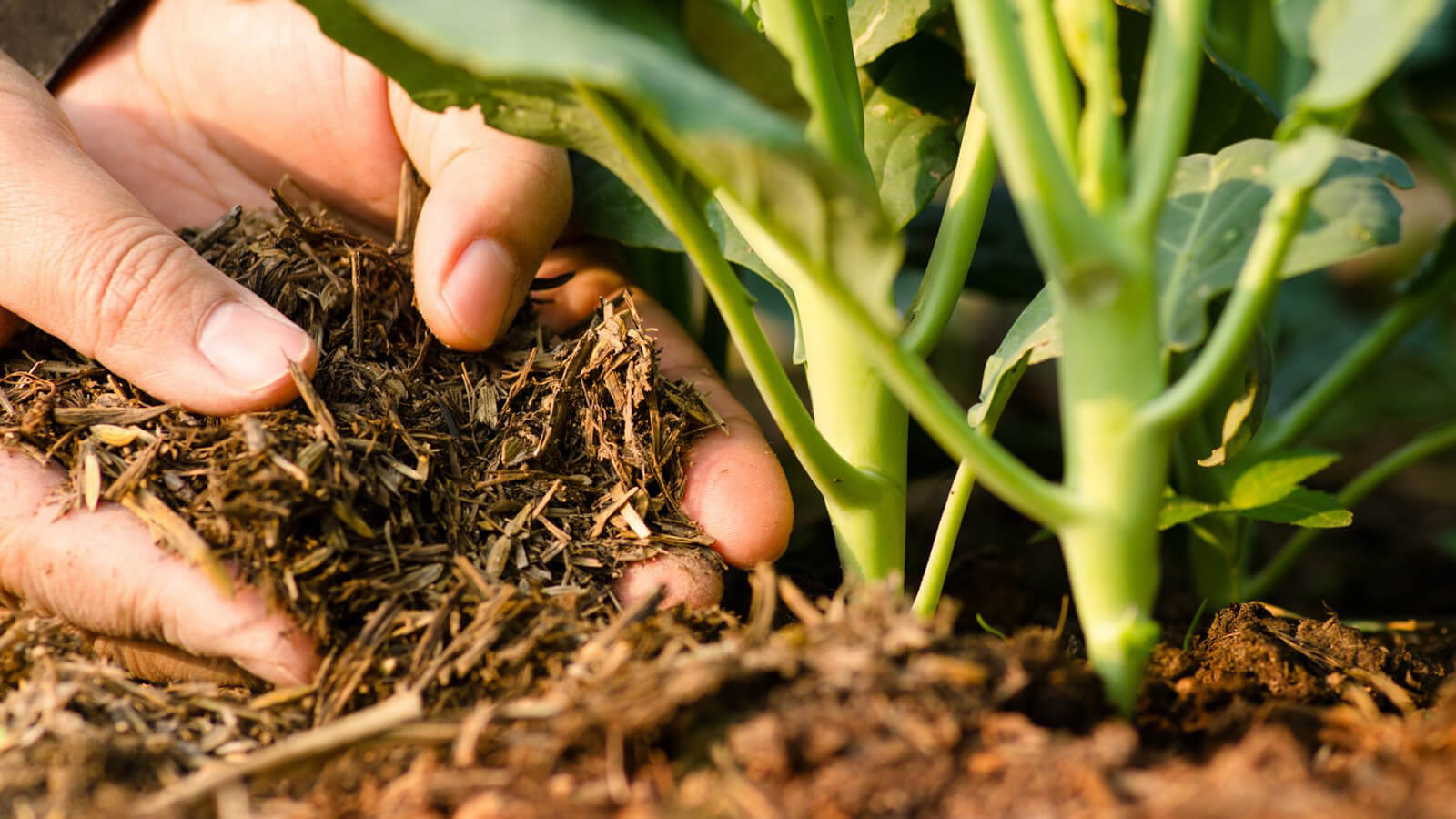Organic Soil Improving Fertilizer
WHAT ARE THE PROPERTIES OF SOLID AND LIQUID FERTILIZER ORIGINATING FROM BIOGAS PRODUCTION PLANTS?ARF ÖDEMİŞ Biogas enables both the derivation of the energy from the plants and the dairy manure of organic origin and the protection of the environment by providing the wastes to the soil.
- The waste remaining from the anaerobic fermentation is called FERMENTED FERTILIZER.
- The primary product of the biogas plants is FERMENTED FERTILIZER.
- Since the fertilizer originating from the biogas plants is fermented in anaerobic medium and is freed from the matter harmful for the plants or the environment, it may be used in the agricultural fields.
- The biogas technology enables both the derivation of the energy from wastes of organic origin and the protection of the environment by providing the wastes to the soil.
- The waste remaining from the anaerobic fermentation is called fermented fertilizer.
- The primary product of the biogas plants is fermented fertilizer.
- Since the fertilizer originating from the biogas plants is fermented in anaerobic medium and is freed from the matter harmful for the plants or the environment, it may be used in the agricultural fields.
- When the animal manure is stored temporarily without being stabilized, the nitrogen compounds available in the manure undergo degradation under uncontrolled conditions and about 50-70% of these compounds are lost.
- This means the loss of a significant amount of nutrient.
Due to their content, the elements constituting about 70% of the solid part of the material used in the feed remain without change in their quantity and structure after the fermentation.
The carbon, oxygen and hydrogen present in the feed material are lost in the form of methane and carbon dioxide during anaerobic fermentation.
The other nutrients and elements are preserved.
With respect to the fresh waste, the nitrogen, potassium and phosphorus are present in a form able to be readily used by the plants.
- The fertilizer (fermented fertilizer) output from the biogas plants is in liquid form.
- If the fermented waste is passed through a separator, the solid fertilizer with fibrous structure and the liquid fertilizer are obtained.
- While the solid fertilizer is used in place of the turf for conditioning the soil, the liquid fertilizer is used in place of the inorganic fertilizers.
In the studies conducted in China, the nutrient content of the soil was observed to increase by 6-10% and, in the long term experiments, the physical and chemical properties of the soil were observed to considerably improve.
In another study, the application of fermented fertilizer for more than one year resulted in a continuous increase in the cereal production.
Upon making up the deficiency of phosphorus in the fermented fertilizer, this increase rose to above 20%.
Besides the basic plant nutrients, the fermented fertilizer also contains the basic elements such as calcium, sulfur, magnesium, copper, zinc and manganese.
- Since the fermented fertilizer is in liquid form, it may be easily pumped to the distant areas and it does not cause clogging in the pipes.
- The fermented fertilizer having high water concentration may be distributed over the fields by the use of conventional irrigation methods.
In a study conducted in Southern Germany, all the farmers using the fermented fertilizer stated that the fertilizer is easier to use and enables reduced odor generation and 81% of the farmers stated that they obtained greater cereal yield.
The examples of the distribution of the fermented fertilizer over the field via the sprinkler irrigation method are provided below.
When the fermented fertilizer is used prior to sowing and is injected to and covered by the soil, its efficiency will further increase.
- When the liquid fertilizer subjected to anaerobic decomposition is introduced to the soil at a certain depth, it will become possible for the plants to use the nitrogenous substances completely as nutrient.
- This process may be performed via injection or by means of the furrow-head implements.
Fermented Fertilizer;
- Improves the physical properties and the water retention capacity of the soil.
- Enables the aeration of the soil.
- Enables the pH buffering capacity.
- Combines with the inorganic soil elements to prevent the same from being lost by percolation.
- Prevents the soil erosion.
- Enables the reduction of the odor and the disappearance of the fly growth.
- Causes the seeds of the weeds to lose their function.
- The fermented fertilized is advantageous not only for being nourishing but also preventing the erosion owing to the fibrous structures it contains.
- As a result, the loss of the humus, which is present in the topsoil, holds together the soil to thereby prevent it from being damaged by the wind and the rain and forms the basis for the organic matter determining the productivity, is prevented and the water retention capacity of the soil increases.
- The nutrients in the fermented fertilizer enable the growth of the bacteria in the soil and result in the improvement of the soil structure.
- In another study conducted in 1988, the fermented fertilizer was used in a fish pond and favorable results were obtained.
- Greater dissolved oxygen content was measured and the water temperature increased in the pond where the fermented fertilizer was used, and thus, the contribution was provided to the growth of the fish and a reduction was observed in the fish diseases upon the death of the bacteria and the parasite eggs as a result of fermentation.

